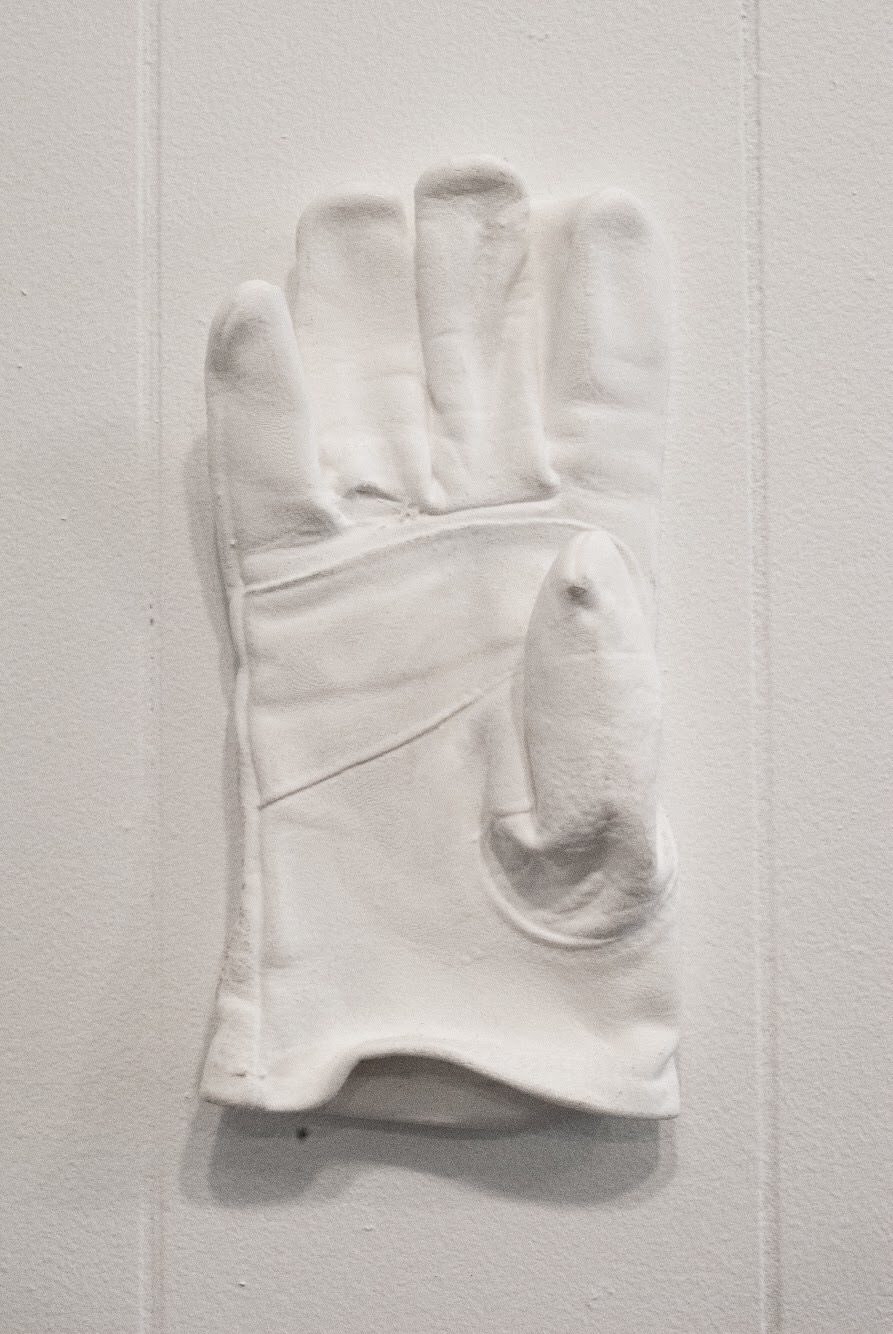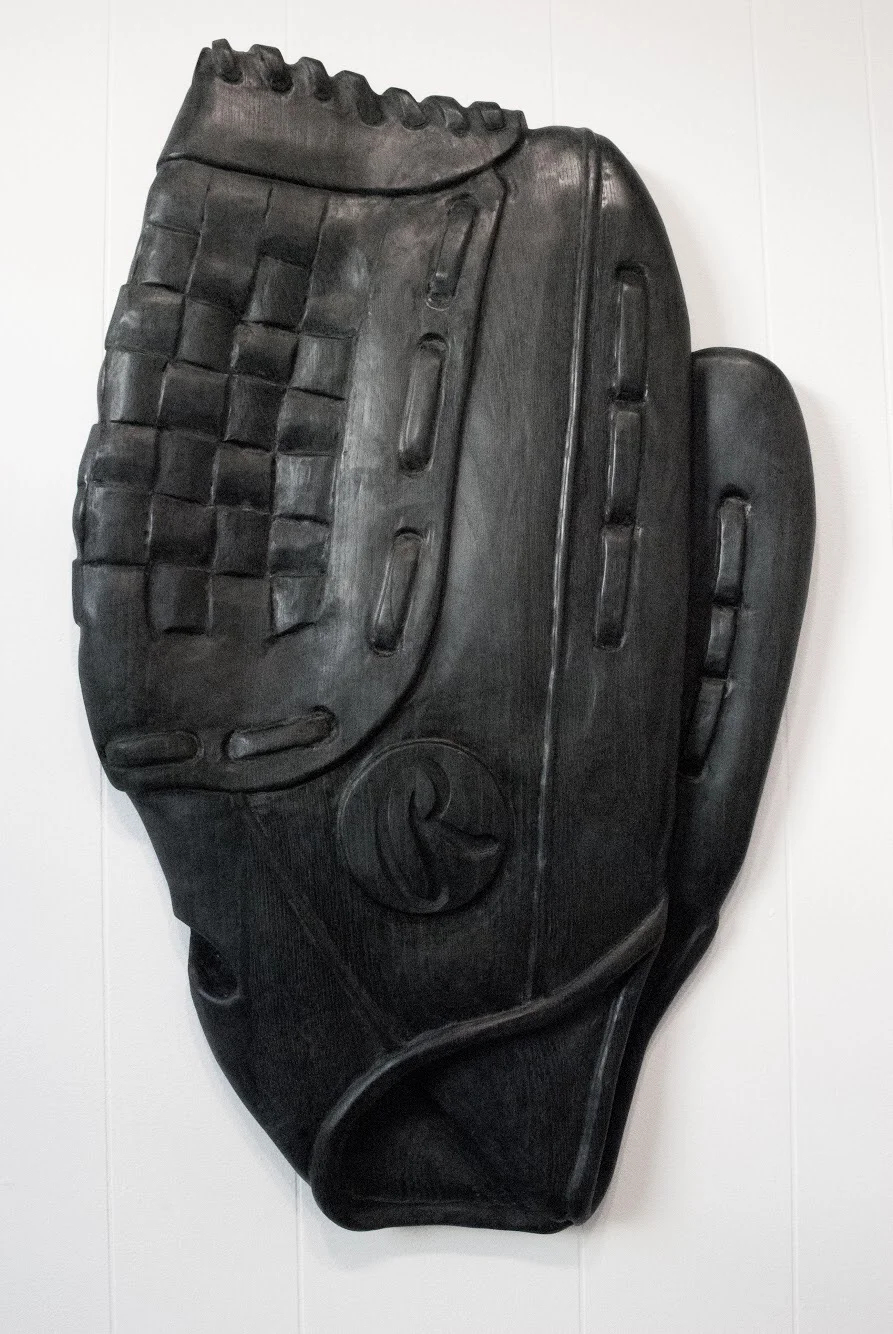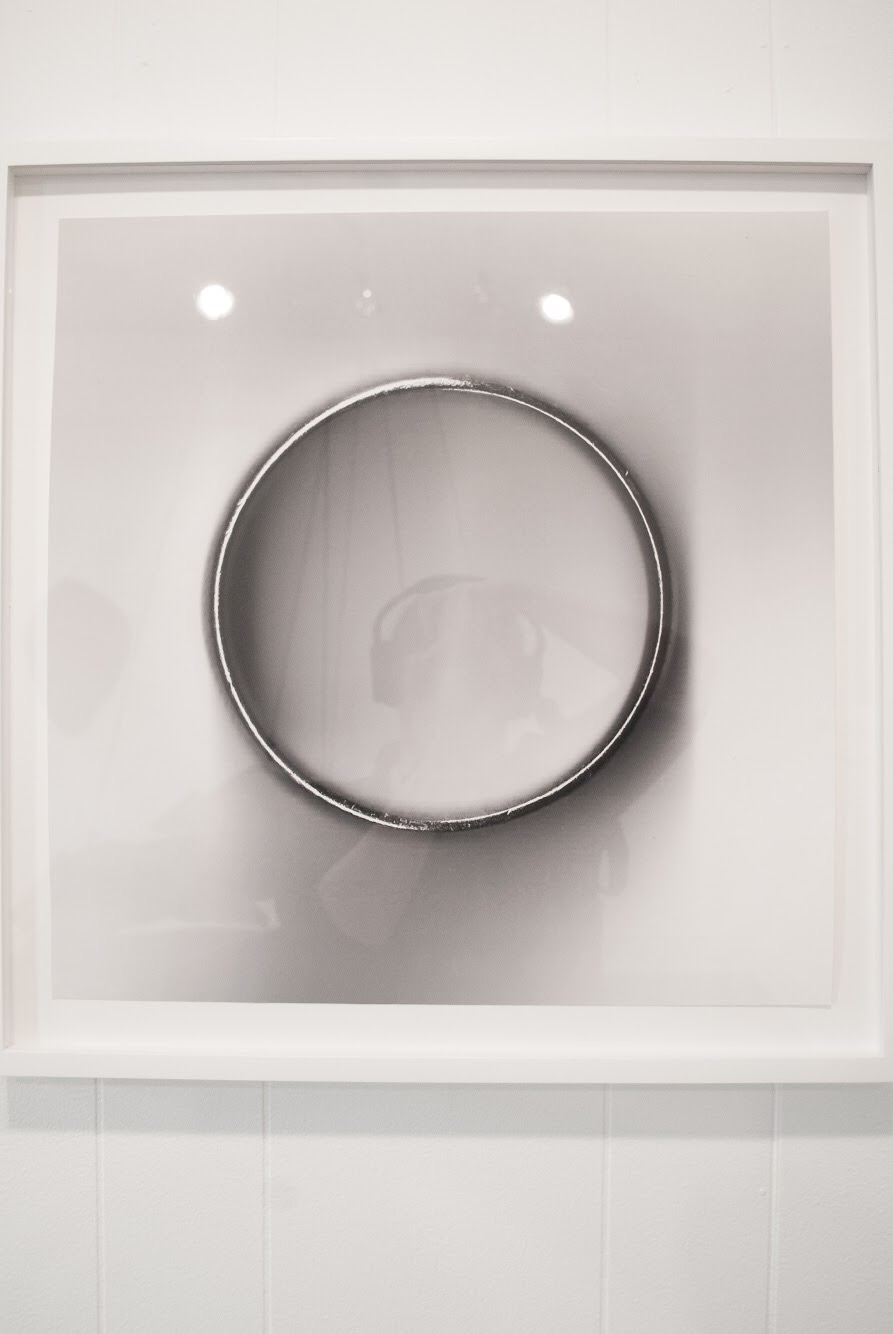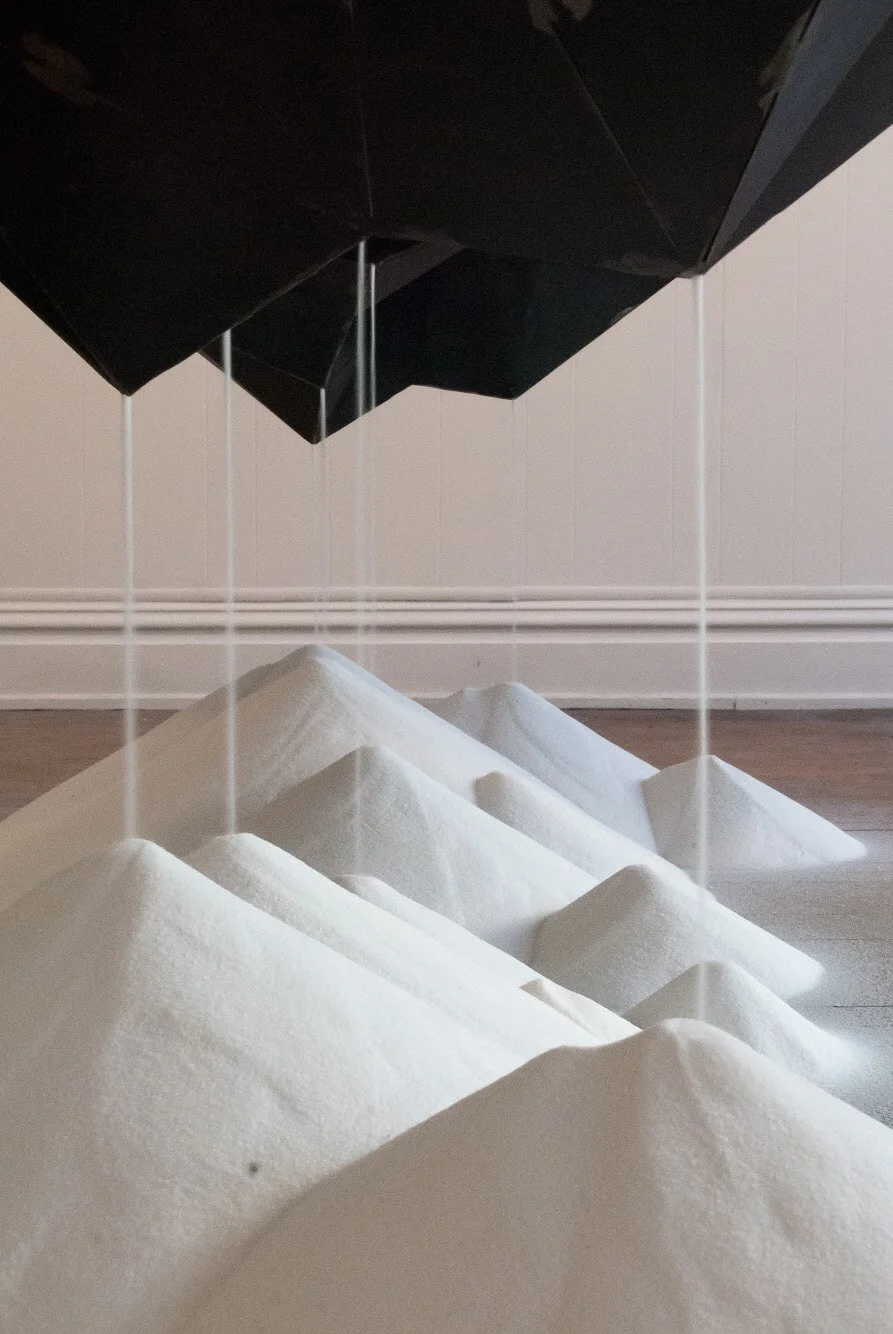






raymond padron
artist statement
I describe my studio practice as an epistemology through craft. Regardless of subject, I am continually drawn to the question of how we gain knowledge, form our beliefs, and seek truth while recognizing the ever expanding complexity and uncertainty of the systems we confront. Even our methods of gathering this information—reason, introspection, perception, memory, and the testimony of others—seem to have us shift our weight from one to the other as we embrace or grow beyond the values we trust.
The tangibility of the materials I engage is a welcome certainty as I work in my studio. This allows me to make work that carries an inherent authority as it fills the space we occupy and enters into the cultural canon of matter in relation to our bodies. This canon, which contains endless amounts of forms that have been made in service of some ideology or another, is a source of constant inspiration for my work. My interest being to shift these forms to challenge their purpose, allowing the viewer to see the underlying complexity or conflict the original form sought to reduce.
Though the materiality of my work is a source of rootedness, the traditions of craft I employ propel my practice into moments of uncertainty. My suburban upbringing, in so many ways, was disconnected from the historically rich processes I use in my work. My fascination with craft is one of the main driving forces in my research and yet is continually at odds with its distance from my personal history. My interest in this tension lies in the connections I see between tradition and improvisation. It compels me that these two methods seem at odds, and yet we can find a great sense of identity in both the culturally-rooted performance and in the self-expressive nature of the improvisational act. Conversely, both can just as easily produce distance and loss of identity. This relationship is significant to my practice as I seek to make work that carries a vague sense of familiarity, yet is deeply sincere in both its physical presence and conceptual complexity.
biography
Raymond Padron grew up in the Northern Virginia suburbs of DC. In 2005 after receiving his B.A. in sculpture and graphic design from Messiah College in Grantham, PA, he moved south to the city of Chattanooga, TN. During his time in Chattanooga he and exhibited in both public sculpture exhibitions and gallery shows across the Southeast. In 2011 he received his M.F.A. from the University of North Carolina, Chapel Hill. He has since returned to Chattanooga where he now makes art, exhibits nationally, teaches, and is co-founder of a collaborative design and fabrication studio called Range Projects.
joshua shorey
artist statement
A Whole Steadiness is a time-based installation that demonstrates a slow, quiet inevitability by building a small mountain scape by the incremental accumulation of table salt over many hours. Twin suspended steel hoppers, modeled on CAD geographical surveys of Mt. Katahdin in Maine, are inverted to create large, basin-like vessels. Small holes in the vessels allow a steady trickle of salt to fall to the ground and accumulate in a mirror image of the vessels.
biography
Joshua Shorey is a multimedia artist, sculptor, and designer living and working in Knoxville, Tennessee. Joshua maintains a studio and work shop in South Knoxville, Tennessee, where he creates large scale, experience-based multimedia sculptural installations and custom fabricated sculptural furniture. He received his BFA in Ceramics from Columbus State University in 2007 and his MFA in Sculpture from The University of Tennessee, Knoxville in 2017, and currently serves as a Lecturer in the Department of Sculpture at The University of Tennessee, Knoxville.
http://www.joshshorey.com/
